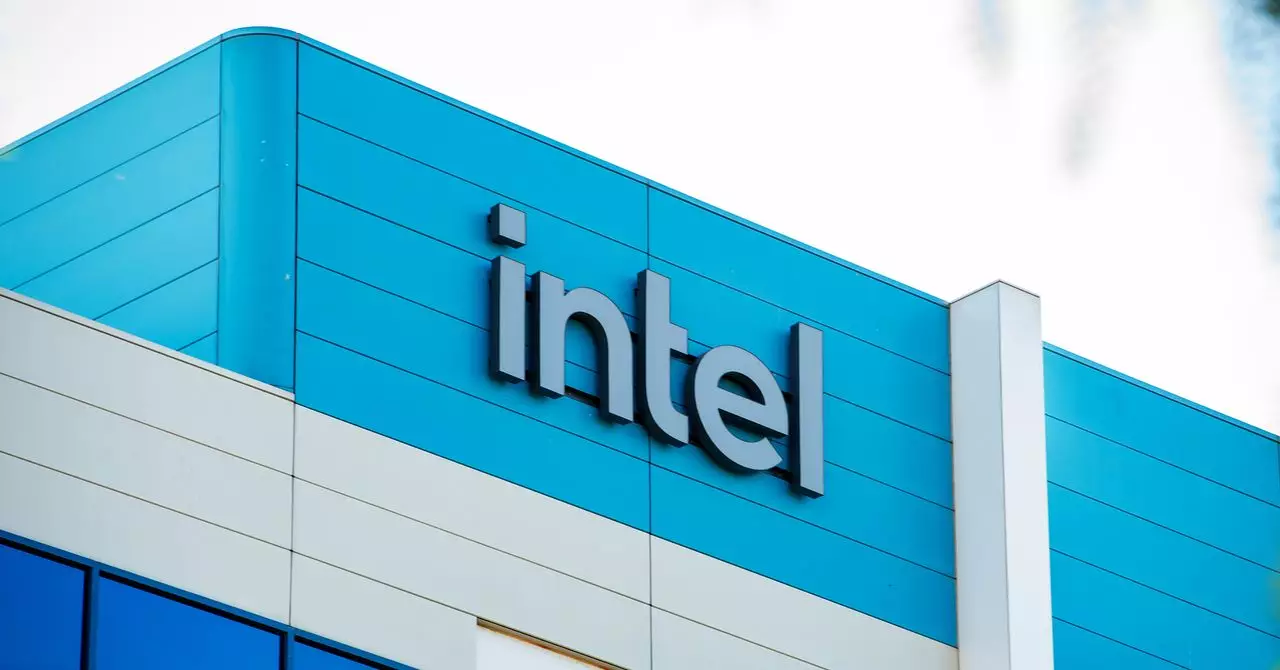On a seemingly normal Wednesday, Silicon Valley exhaled a collective sigh of relief as news broke that President Donald Trump’s latest tariff strategy included an exemption for semiconductors. For many in the tech industry, this appeared to be a significant win, allowing companies to continue importing vital chip components without the burden of skyrocketing duties. However, mere days later, the initial optimism began to fade, revealing a more complicated landscape where the exemptions may not provide the anticipated relief but instead pave the way for a host of new challenges.
The tariffs, initially intended to protect American manufacturing, primarily focus on certain categories. Consequently, only a handful of domestic manufacturers could reap the benefits of this exemption. The reality swiftly dawned on many stakeholders: a significant portion of the semiconductor imports coming into the United States is packaged within end-user products, which still remain subject to these tariffs. Graphics Processing Units (GPUs) and various servers tailored for artificial intelligence training fall under this category, meaning the relief many anticipated could, in fact, be a mirage.
Understanding the Real Impact on the Semiconductor Industry
The response from industry analysts highlights a disheartening truth—the narrow exemption for semiconductors hardly mitigated the vast implications of the tariffs. Analysts like Stacy Rasgon from Bernstein Research argue that because a staggering percentage of semiconductors are integrated into consumer electronics such as smartphones and autos, the effective tariff rates could skyrocket. Rasgon estimates that the average blended tariff applicable to these products might hover around 40 percent, posing a significant financial strain not only on importers but ultimately on the consumers as well.
When examined thoroughly, the semiconductor landscape reveals something deeply concerning; it is intricately tied to various global supply chains. The United States technology sector relies heavily on imports to sustain production, and the health of the domestic semiconductor industry is inextricably linked to the broader economic fabric, including fluctuating consumer demand and international trade relations. As Rasgon aptly puts it, this sector is “macro-exposed,” which makes it increasingly vulnerable to external economic factors.
The Legal Labyrinth of Tariff Codes
Compounding the uncertainty surrounding these tariffs is the arcane system that the Trump administration employed to classify goods for tariff application—the Harmonized Tariff Schedule (HTS). This highly nuanced system categorizes an extensive array of products, but for semiconductor companies, it poses a complicated web of compliance challenges. The exemptions, as it stands, include only a narrow band of HTS codes pertinent to semiconductors, thereby igniting a firestorm of confusion regarding which specific products are eligible.
For instance, GPUs may fall under different HTS codes based on their classification—some benefiting from the tariff exemption while many others do not. Nancy Wei, an analyst with Eurasia Group, emphasizes the complexities involved. A significant platform like Nvidia’s DGX systems could potentially fall outside the parameters of exemption—a precarious position considering these systems are critical for AI applications. The unintentional consequences of such tariff code delineation could restrict innovative technology and slow assembly lines significantly, ultimately widening the gap between tech development and market demand.
The Broader Economic Ramifications
As industry watchers sift through the nuances of the tariff exemptions, a more alarming picture emerges. The semiconductor industry’s entanglement with a plethora of consumer goods could pose ramifications beyond mere economic chatter. Firms dedicated to semiconductor research and development may face challenges in securing funding and investment amid an uncertain economic climate. If manufacturers perceive that their potential for profitability is stifled due to tariffs, the threat of reduced hiring, or even layoffs, looms larger.
The semiconductor industry is often heralded as a pivotal player in driving technological advancement and economic growth. Yet, under the weight of such tariffs, the impetus for innovation could be dulled, stalling progress in areas like artificial intelligence and automation. The promise of technological breakthroughs may fall victim to financial strain and regulatory complexity—a concerning outcome for a sector touted as the backbone of 21st-century progress.
turmoil surrounding tariff regulations illustrates the intricate dynamics at play in Silicon Valley. What began as relief soon morphed into a complex dilemma marked by uncertainty, miscommunication, and challenges. The implications for Silicon Valley and the industry at large may stretch far beyond the immediate effects of tariff policies, impacting growth, innovation, and ultimately, the future of technology itself.


Leave a Reply